iPhone Air is sleek, but not everything Apple does is worth copying
The thin phone trend is hitting a wall, and I believe it’s for a good reason.
This article may contain personal views and opinion from the author.

iPhone Air. | Image credit – PhoneArena
Thin phones end up compromising too much for their price
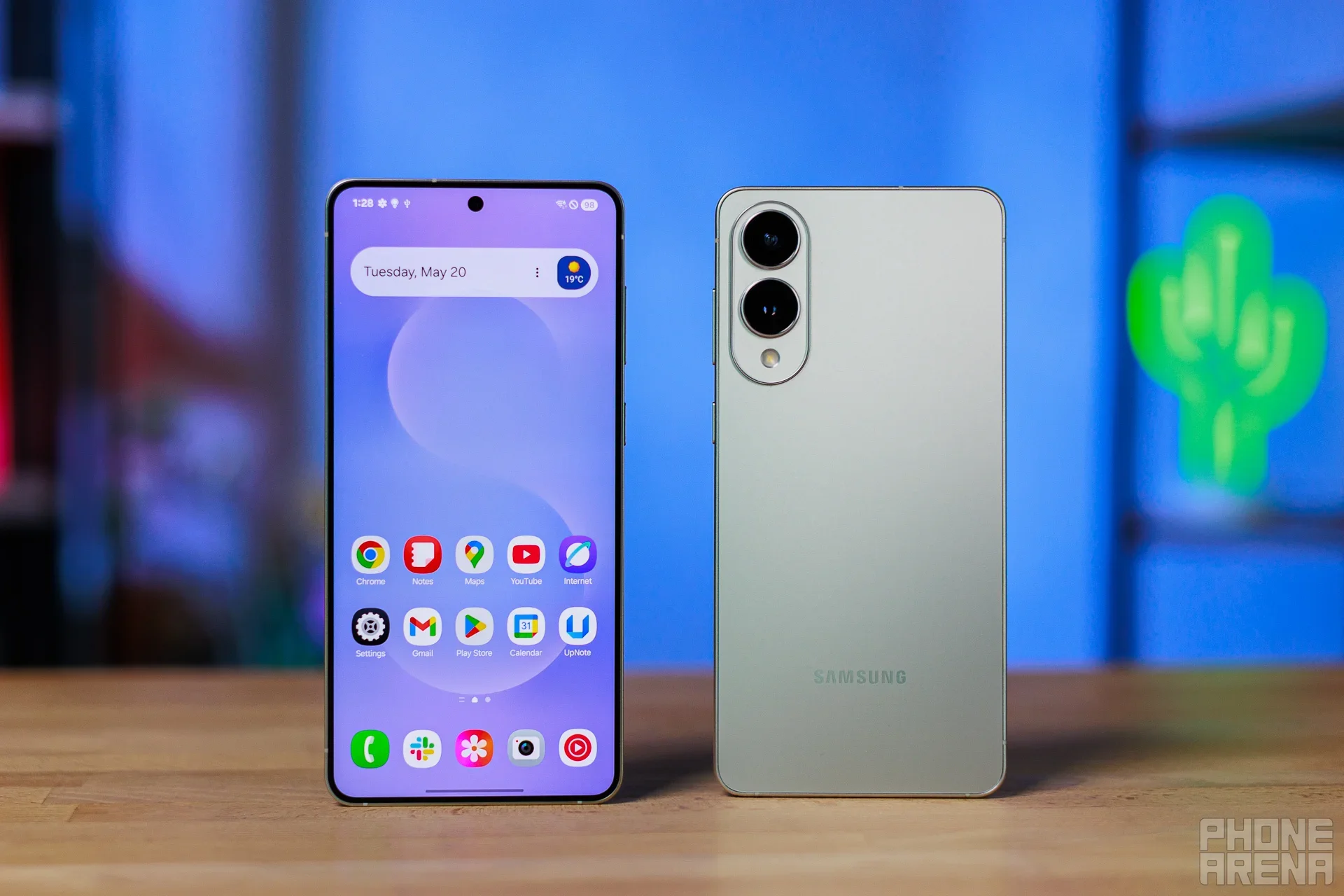
Galaxy S25 Edge. | Image credit – PhoneArena
The issue with these ultra-slim flagships is that their specs often fall short, especially when the price tag is $1,000+. You expect flagship-level performance, and while the S25 Edge and iPhone Air deliver on chipsets and raw speed, they lag behind in areas like cameras and batteries.
Take the Galaxy S25 Edge – it has a dual-camera setup with a 200 MP main sensor and a 12 MP ultra-wide lens. That’s not bad at all (it’s the same main camera as the Galaxy S25 Ultra, a camera beast), but for $1,100, you’d expect a little more, right? And the battery? Just 3,900mAh, smaller than even the standard Galaxy S25.
The iPhone Air isn’t much better. One 48 MP camera on the back, no extra lenses, and Apple’s “Fusion camera equals four cameras” marketing spiel doesn’t change the fact it’s a single sensor.
The battery clocks in at only 3,149mAh. Slim phones have less space inside, and the battery almost always takes the hit. You can use the Air daily, and it’s fine, but for $1,000, you’re really not getting specs that outshine the standard iPhone 17 or Galaxy S25. I mean, between the S25 Edge, iPhone Air, and their standard siblings, it’s hard to recommend these thin models.
My point is, thin phones could be awesome in the future – but until the compromises disappear, they just don’t justify their premium price. And judging by sales, people get that.
Pro mini models might be the smarter move
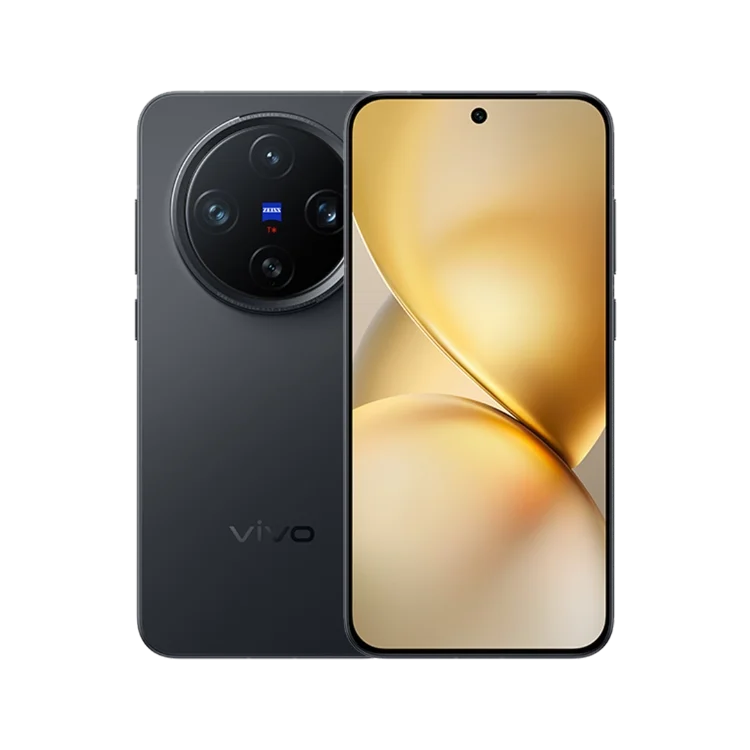
Instead of chasing the thin phone trend, I’d rather see Chinese brands keep packing Pro-level specs into smaller devices – just like the vivo X200 Pro mini here. | Image credit – vivo
After all, not everyone wants a 6.7 or 6.9-inch brick in their pocket. A 6.3-inch device is still not tiny, but it’s smaller – and brands like Oppo, OnePlus, vivo, and Honor are showing how to do it right: flagship specs in a compact body.
Think Oppo Find X8 Mini or vivo X200 Pro mini – they pack almost the same specs as the bigger Pro versions, just without the extra bulk. That’s the kind of phone I’d like Samsung and Apple to make. For anyone who’s read my stuff before, it would come as no surprise that I’m an iPhone mini fan – and yeah, I really want a new mini with Pro-level cameras and performance. One can hope.
Thin, mini, or bigger phones aren’t meant to be the main product
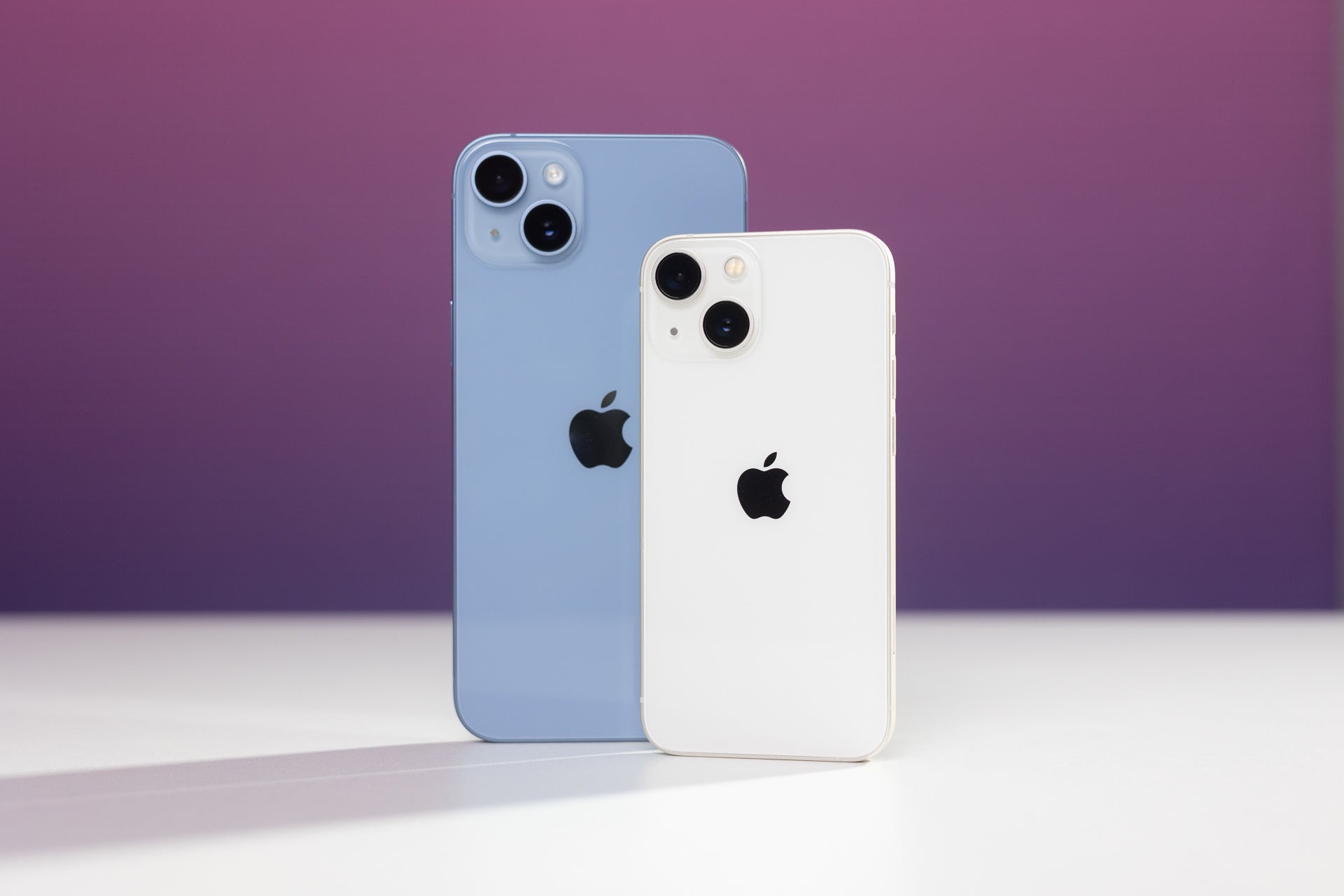
Neither the mini nor the Plus versions were very successful – and the new Air isn’t doing much better either. | Image credit – PhoneArena
If you think about it, it’s no surprise the Air isn’t flying off shelves – just like the mini and Plus before it. I actually called this long before the Air even launched. And that’s totally fine, because these aren’t meant to be Apple’s main products. They’re the experimental playgrounds where Apple tests what works and what doesn’t with users.
The core formula – the mainline flagships – stays the same because it’s already successful, but experimentation is necessary, and that’s exactly what these models provide.
Over the past few years, we’ve had minis, a few Pluses, and now the Air. Expect an iPhone Air 2 next year, and the same goes for Samsung’s Edge line. There are already rumors that Samsung might skip next year, but it’s more likely we’ll see at least one more Edge – the Galaxy S26 Edge – before the company potentially retires the concept.
At the end of the day, people want their money to feel worth it. Ultra-thin phones might look cool, but what’s inside matters far more. Phones, like real-life experiences, prove that substance usually wins over style.
Follow us on Google News


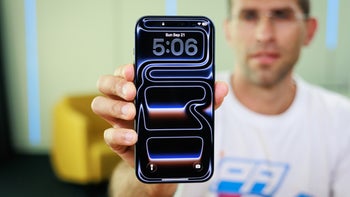

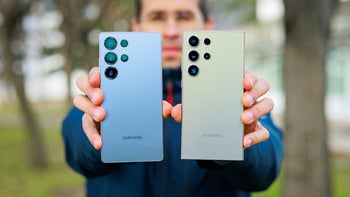
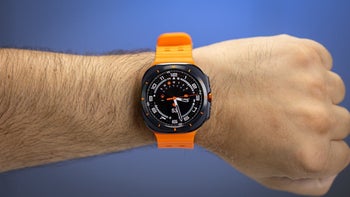
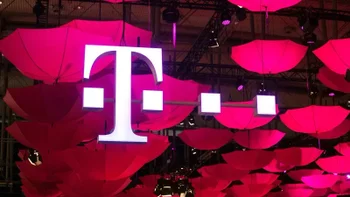


![A new Android bug is making it impossible to install new apps. Are you affected? [UPDATE]](https://m-cdn.phonearena.com/images/article/176703-wide-two_350/A-new-Android-bug-is-making-it-impossible-to-install-new-apps.-Are-you-affected-UPDATE.webp)
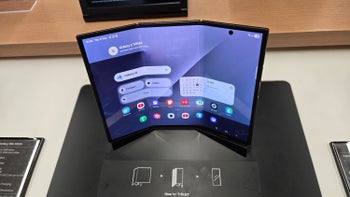
Things that are NOT allowed:
To help keep our community safe and free from spam, we apply temporary limits to newly created accounts: